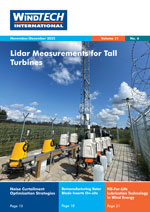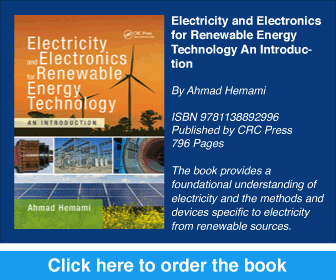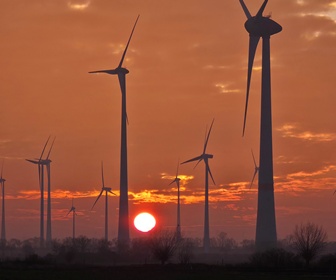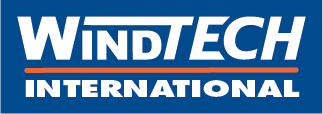The Spanish wind energy sector has welcomed Royal Decree-Law 7/2025 as a positive step for renewable energy development, particularly for simplifying project procedures and supporting grid operation. However, the Asociación Empresarial Eólica (AEE) highlights several unresolved issues and calls for additional measures to ensure legal certainty and accelerate project deployment.
Below is a summary of the five main areas identified by the AEE:
1. Wind farm repowering
The law introduces simplified permitting for repowering projects that increase capacity by no more than 25%, which is seen as a positive step. However, the AEE calls for additional actions to ensure repowering can support modernisation across Spain’s ageing wind fleet:
- Introduce a national repowering plan with financial incentives (such as FEDER funds or tailored contracts for difference).
- Grant repowering projects “overriding public interest” status under EU rules to strengthen legal protections and avoid delays in regional courts.
- Reserve at least 20% of grid capacity at connection points for repowering.
- Standardise environmental assessment procedures at the regional and national level.
- Prevent the retroactive application of new environmental or planning restrictions on repowered sites.
2. Greater flexibility in project development
The sector supports the suspension of project deadlines in cases of legal or administrative injunctions. However, the AEE urges this to be extended to projects under judicial review (such as those in Galicia), where proceedings are effectively halting progress.
The sector also welcomes clarification of final project milestones, as developers have previously faced inconsistent interpretations and delays caused by third parties.
3. Strengthening grid stability and future technical requirements
Following a major grid disturbance on 28 April, the decree tasks the system operator with reviewing stability protocols. The sector supports this but calls for:
- Clear guidance on responsibilities, methods, and the involvement of private operators.
- Transparent cost-benefit assessments before imposing technical upgrades on generators.
- Pilot projects to enable dynamic voltage control in shared networks, which current procedures do not support.
- Clear, economically viable definitions for Grid Forming capabilities.
- A dedicated market for Grid Forming services, aligned with European planning and timelines.
The AEE warns that poorly coordinated technical demands on generators could jeopardise the energy transition.
4. Energy storage
The wind sector sees energy storage as essential to managing a grid with high renewable input. While the decree simplifies permitting, the AEE stresses the need for zonal planning to ensure storage is deployed where it delivers the most system value.
5. Self-consumption and technology scope
The current self-consumption framework allows for installations up to 5 MW located within 5 km of the consumption site, but only for solar photovoltaic technology. The AEE argues that these limits should also apply to wind and other renewable sources suitable for small-scale local generation.










